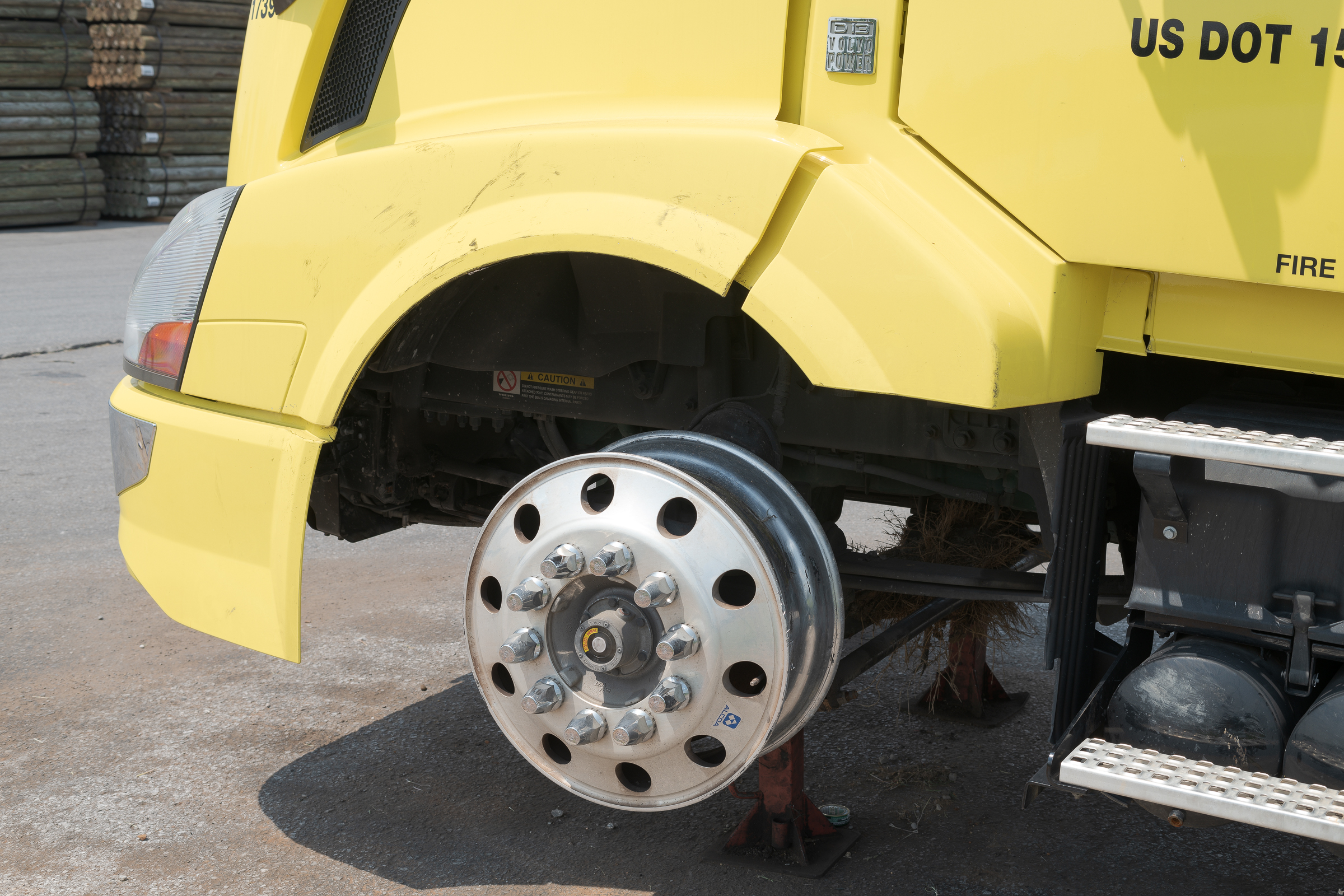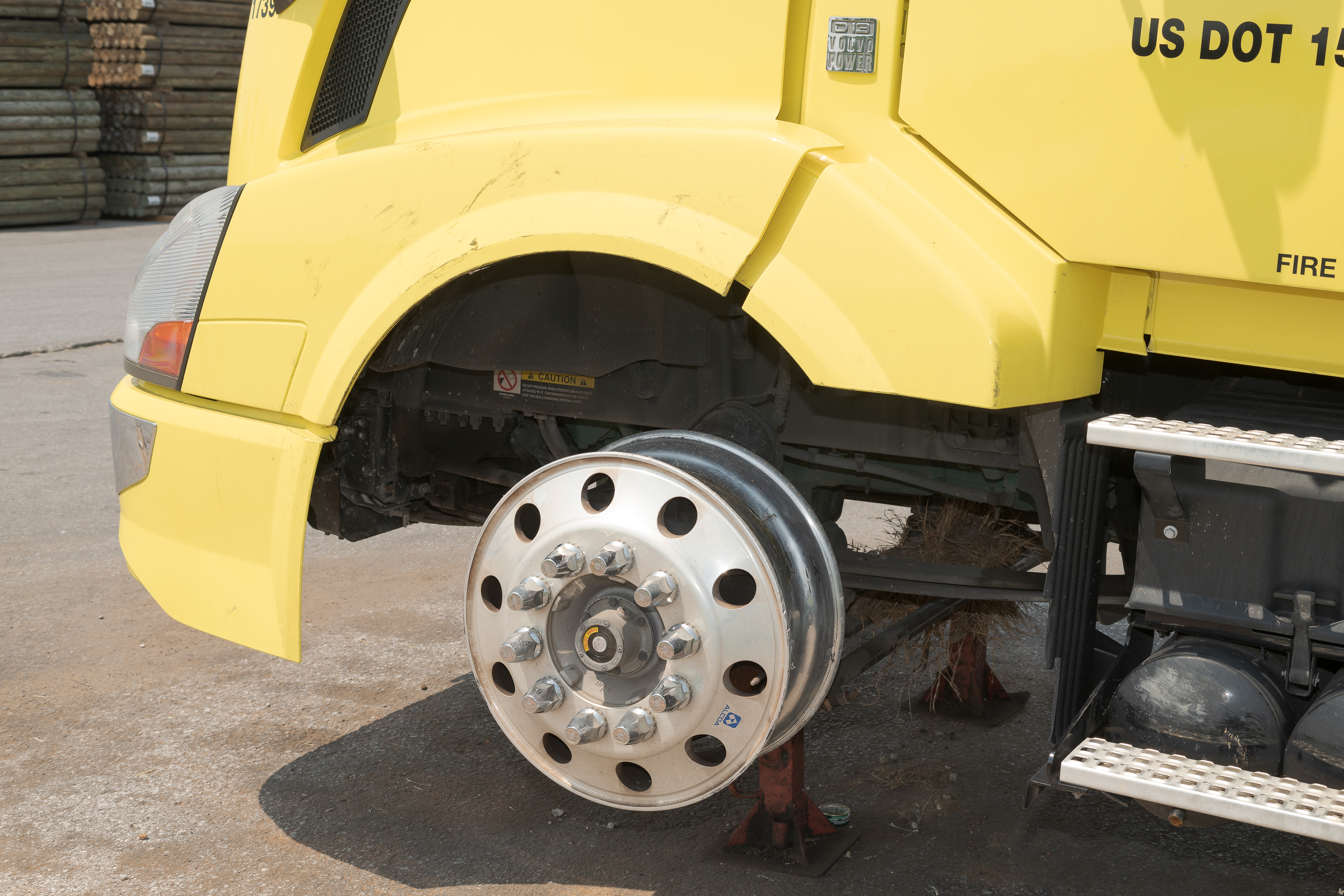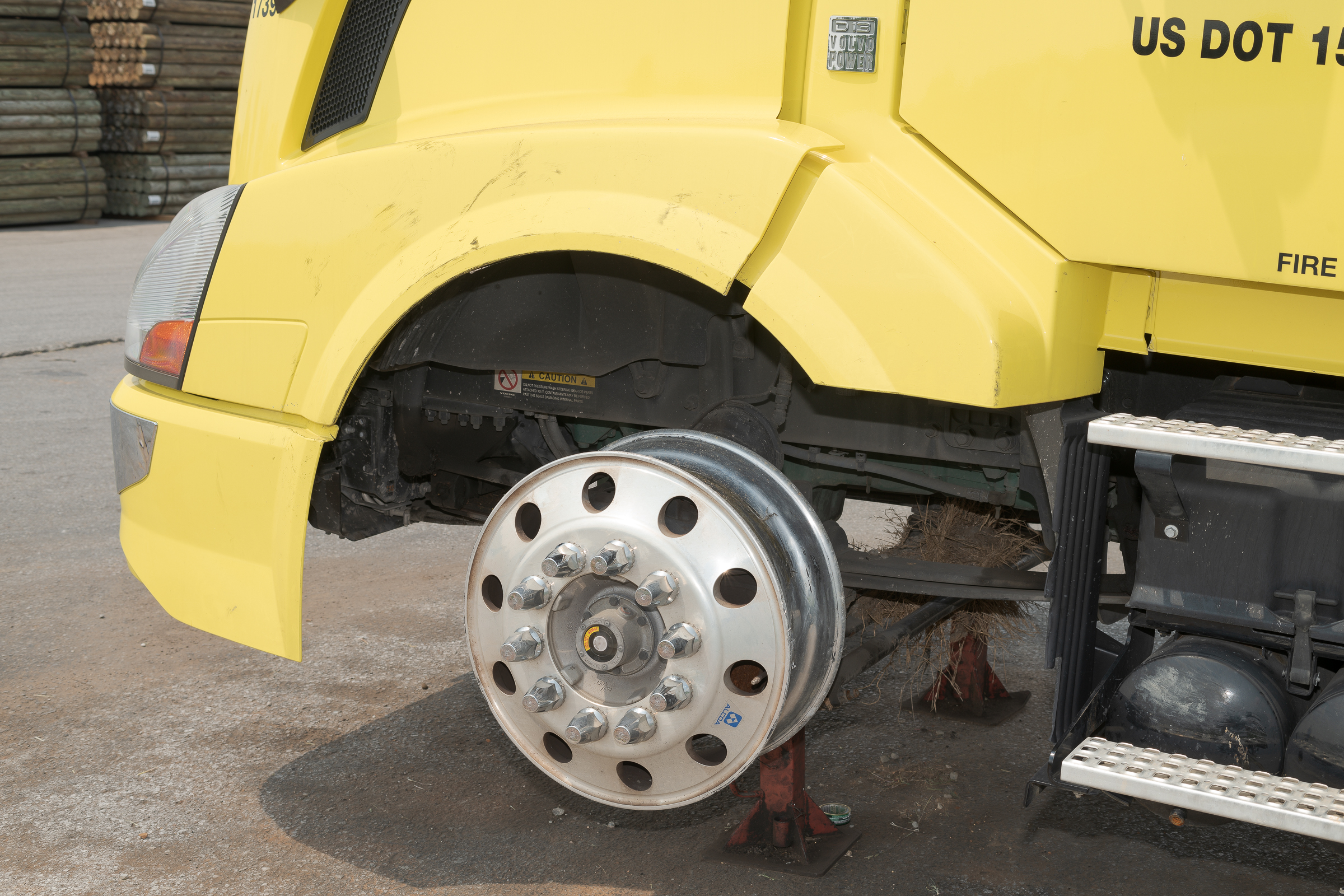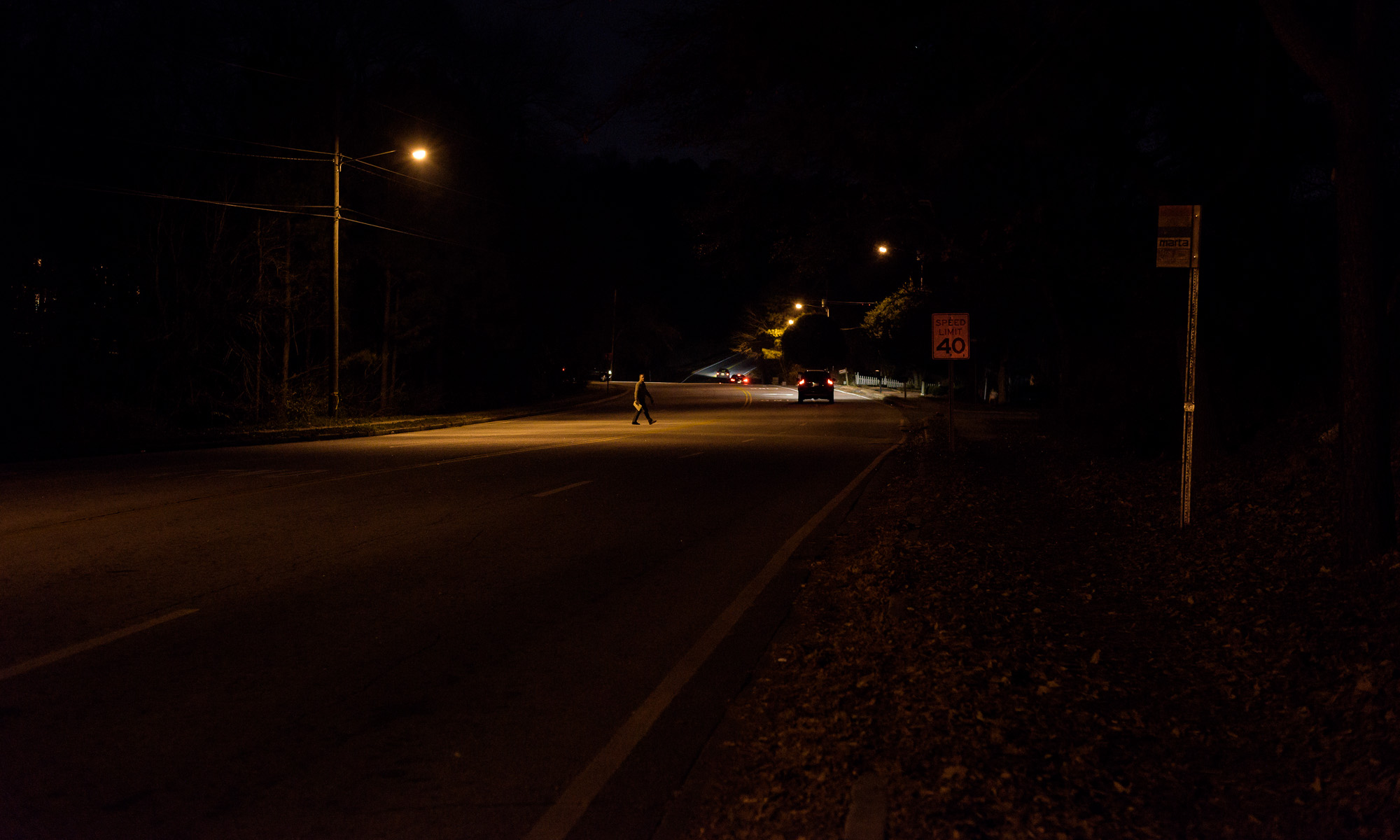Fill Flash helps bring out details in the shadowed area of high-contrast subjects. This first photo of the left front of a truck tractor without flash doesn’t have much detail under the fender. [Click on image to enlarge, then click on back arrow to return.]

To bring out some detail, a flash was added at a reduced power output for this second image. (It’s more noticeable in an enlarged image.) Fill flash isn’t intended to light the entire image frame, but only to lighten very dark areas. [Click on image to enlarge, then click on back arrow to return.]

While there was a little more detail in the suspension and frame, raising the flash power added even more light under the fender. Again, it’s best to enlarge the image to see the effect. [Click on image to enlarge, then click on back arrow to return.]

Note that all three photographs were made at the same exposure of f/10, 1/50 second, and ISO 64. The images differ because the amount of fill flash was different. This showed the flash was supplemental or “fill” meaning flash filled in the shadows without altering the overall exposure.
Before you make any photograph, look for areas that are too dark to show details you may want. By varying the power of the flash, you can bring out as much detail as you choose, without affecting the overall exposure.
Two takeaways:
-1- Fill flash adds light in the shadows without affecting the overall exposure, which stays the same.
-2- You can control the amount of shadow detail you want to show by changing the output of your flash, or its flash power.
Note: This is an updated and enhanced version of a post originally made in July 2018.
